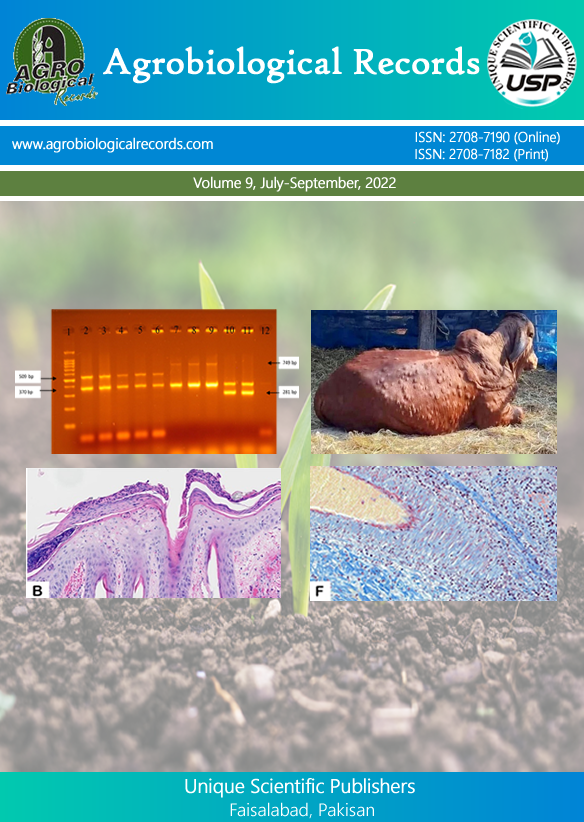
Iqra Munawar1 , Fatima Shamoon1 , Muhammad Imran2 , Farwa Tariq3 , Hina Ashraf1 , Tahreem Nisar2 , Kinza Aleem1 , Umera Ramzan 4* and Noshaba Munawar 5
1Department of Zoology, Riphah International University, Faisalabad Campus 2Department of Zoology, Wildlife and Fisheries, University of Agriculture, Faisalabad, Pakistan 3Department of Zoology, University of Sargodha, Pakistan 4Department of Plant Pathology, University of Agriculture, Faisalabad, Pakistan 5Department of Biophysics, Northwest Agriculture and Forestry University, China
*Corresponding author: umeraramzan3236@gmail.com
RNA interference (RNAi) is a biological mechanism that involves the inhibition of gene expression by the introduction of double-stranded RNA (dsRNA) molecules that are complementary to specific target genes. This technique has emerged as a promising strategy for the management of insect pests in crops. The application of RNAi to insect pest management involves the use of dsRNA molecules that are specific to essential genes in the target insect species. When these dsRNA molecules are ingested by the pests, they trigger a silencing mechanism that inhibits the expression of the target genes, leading to reduced pest populations and damage to crops. RNAi-based insect pest management has several advantages over traditional chemical-based methods, including its specificity, effectiveness, and environmental safety. However, there are still some challenges associated with the use of RNAi, such as the potential for offtarget effects and the need for effective delivery methods. Nonetheless, RNAi technology holds great promise for sustainable and effective management of insect pests in agriculture.